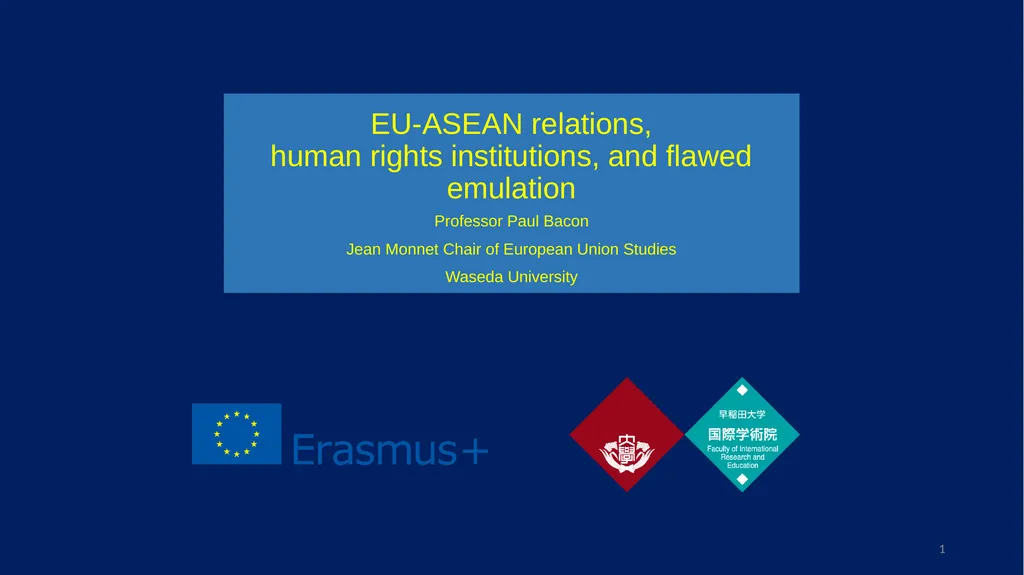
EU-ASEAN relations, human rights institutions, and
Author: trish-goza | Published: 2025-08-04
Description: EU-ASEAN relations, human rights institutions, and flawed emulation Professor Paul Bacon Jean Monnet Chair of European Union Studies Waseda University 1 2 3 4 5 6 7 8 The ASEAN Way and ASEAN centrality ASEAN has demonstrated considerable
Download Presentation
Download the PPT/PDF: Download
Transcript:
Loading transcript…